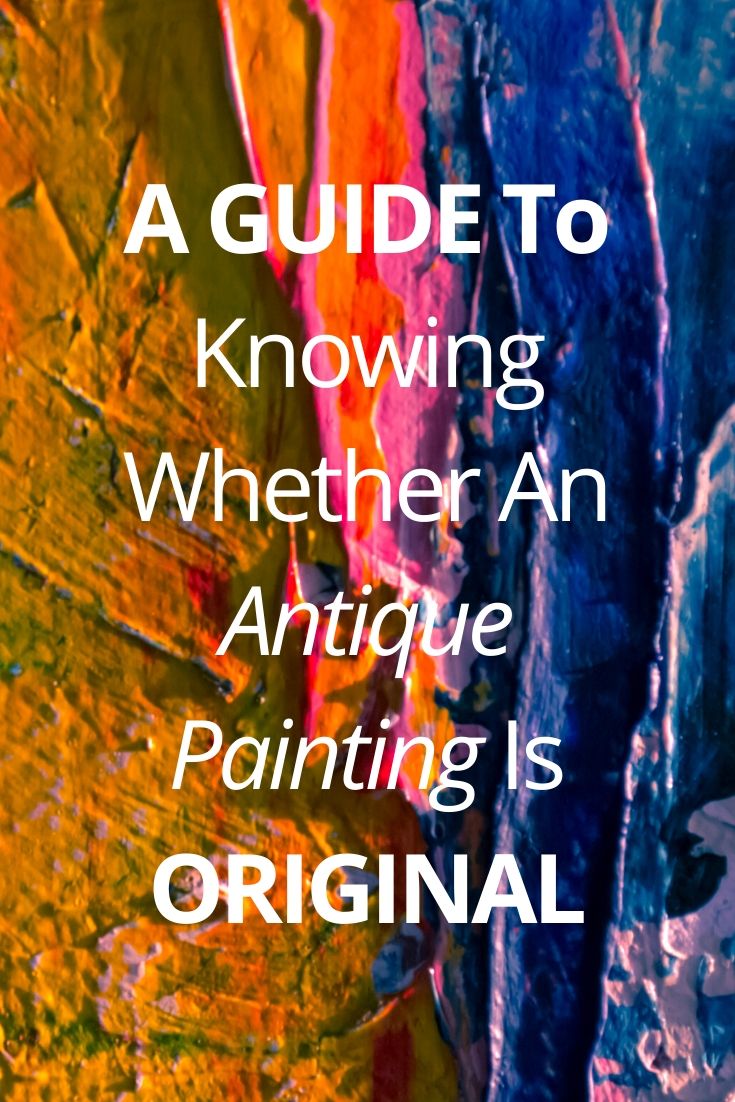This post may contain affiliate links, including Amazon links. As an Amazon Associate, I earn from qualifying purchases. When you make a purchase through these links, I may earn a small commission, at no extra cost to you. Your support is greatly appreciated. Please see my Disclosure Policy for further information.
Oil paintings are most definitely fine works of art, and while a portrait or landscape would look lovely in your living room, there are many fakes out there that look exactly like the real thing. If you are not knowledgeable about old oil paintings, you could easily be fooled into paying a lot of money for a copy, and with that in mind, here are a few tips of how to identify a genuine antique or vintage oil painting.

Image Source: Unsplash
- Look
For The Artist’s Original Signature – It is standard
practice for the artist to leave his or her mark on an oil painting, which
would normally be found in one of the lower corners. The signature should be
painted in ink, and if the signature looks different in any way, this could be
due to the fact that it is a replica. One thing you can do is Google the
artist’s signature and compare that with the one you are looking at, although a
signature alone is no guarantee of authenticity, as they are easy to copy.
- Buy From A Reputable Antique Dealer – Any antique dealer that has a good reputation within the industry is not going to risk that hard-earned reputation by selling a fake painting. There are antiques for sale from dealers that can offer a great selection of genuine antique and vintage oil paintings, and with their guarantee, you can rest assured that the item is the real thing.

Image Source: Unsplash
- Look For Textured Surfaces – Oil paintings have very textured surfaces, which is caused by thick layers of paint on top of each other and should you lightly run your finger over the surface of the painting, it should feel uneven. If it feels smooth, then chances are it is a fake piece that has been laser-printed, and sometimes they add a few strokes of oil paint to make it appear genuine.
- Using A Magnifying Glass – This will enable you to examine the canvas in minute detail, and should you see some tell-tale tiny dots, these are left by a laser printer. Of course, there are superb copies where you would not see any evidence of laser printing, but this test is certainly worth carrying out. There are articles you can find online that talk about how to verify that an oil painting is genuine.
- Look
For Rough Edges On A Canvas Painting – It was very often
the case when the edge of a canvas became very rough, as the artist did not
bother touching this up, as he or she felt it isn’t worth the effort. If a
canvas has a very smooth edge, this is not a good sign and with an oil painting
like that, you need to investigate further.
The Internet is full of free resources that can help you to identify genuine oil paintings, and by following all the above techniques, you should be able to spot a fake item.


